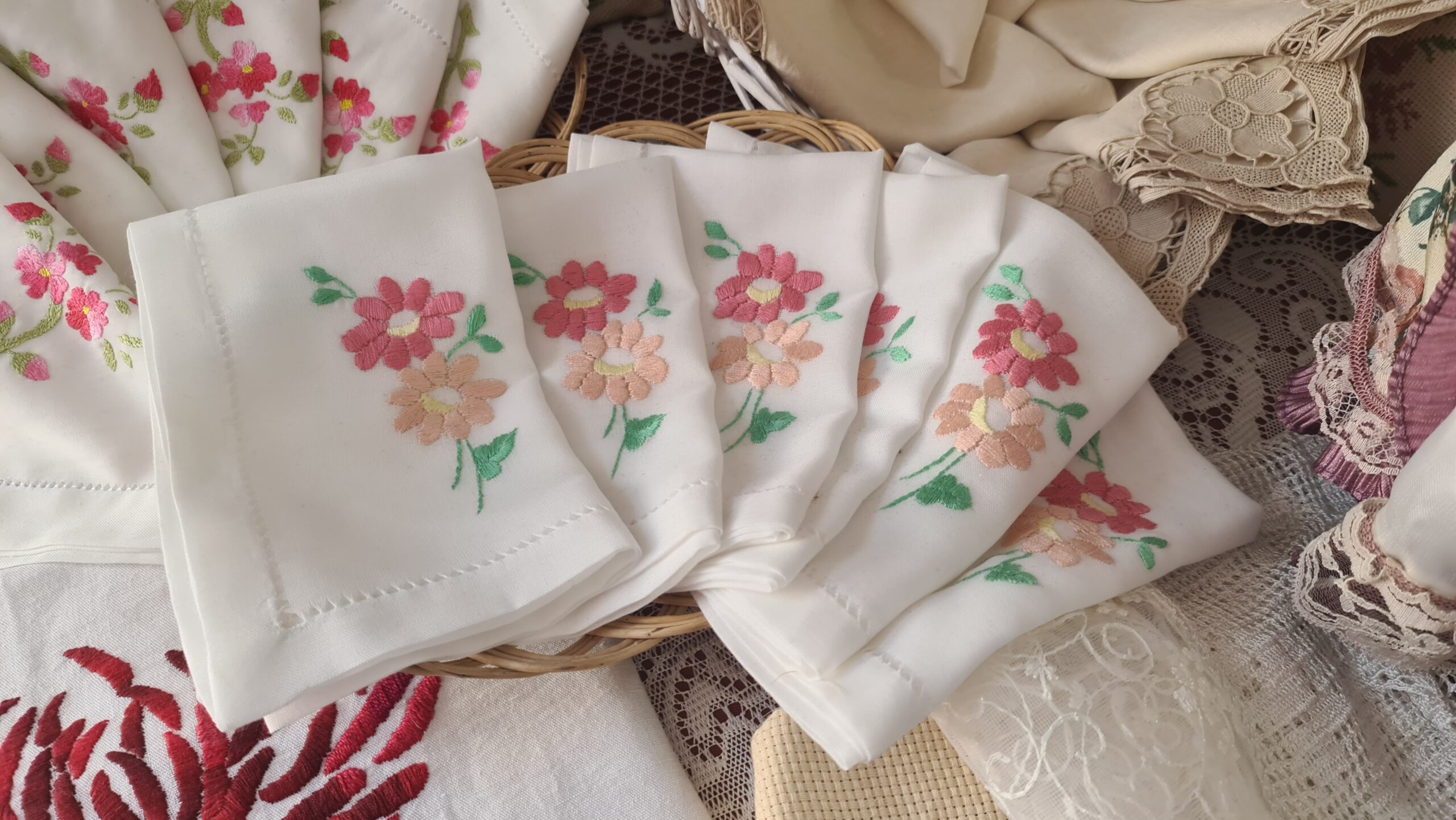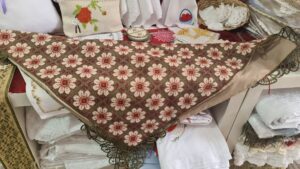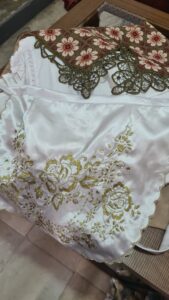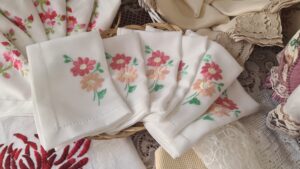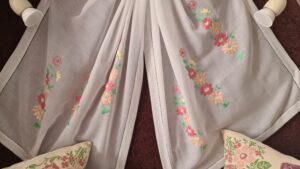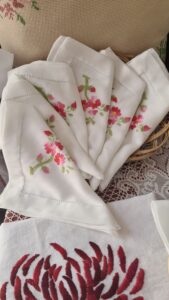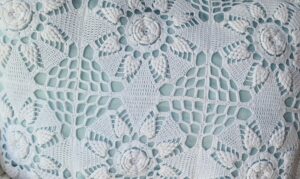The bride’s dowry is one of the oldest Albanian traditions, commonly spread throughout Albania.
The lady of the house starts very early thinking about the garments and other stuff that girls will take to their husband’s house. Particular importance in a dowry is given to handiworks, which take really long time to prepare. Sheets, covers, bedding, floor coverings, curtains, handmade doilies, and other items of the dowry take not just time, but also significant expenses to prepare. A bride’s dowry can be enriched with any items the girl and her family deem fit.
For many women in the Gjirokastra area, the dowry tradition is a fanatically preserved valued custom. In most cases, constructing the dowry starts when the girls reach a certain age and it is generally mothers who take care of their girls to deal with it. The handiworks the bride prepares for the husband’s family members have been highly important in a marriage and constitute a must-have in a dowry. In provinces where the dowry tradition is vastly preserved, handiworks represent a kind of pride for the married girl in front of other girls and women of that area. It is mainly these works that make a dowry of tradition stand out, among other things.
In addition to handicrafts: sheets, covers, bedding, floor coverings, curtains, handmade doilies, etc., a dowry may also include folk costumes.
Sënduku (chest) and bride’s dowry. The bride’s family bought the chest with the haraç (money) offered by the groom’s family. Masters crafted it: the richer the family, the more decorated the chest. The most expensive chest was made of carved leather and steel tacks. The bride’s dowry was lined up inside. In the meantime, a 1×1 meter velvet fabric had been previously stitched and embroidered with gold thread. This fabric was used to wrap up the dowry. It included the folk costume, underwear, nightgowns, loom-made dresses, night manners stuff, headdresses, and work futa (aprons). Wealthy families could also afford silk/satin dresses buying them in foreign currency stores with gold coins. Of particular importance in the dowry are the sheets, usually made white for luckiness, with varied embroideries to beautify them. On Thursday, the dowry was brought to the husband’s house, which was also accompanied by wedding songs. The chest was taken to the groom’s house by horse. The dowry was opened up and exhibited by the mother-in-law, sisters-in-law, and kinswomen. It was arranged properly so that the bride would find everything ready when she arrived at her husband’s house on Sunday.

